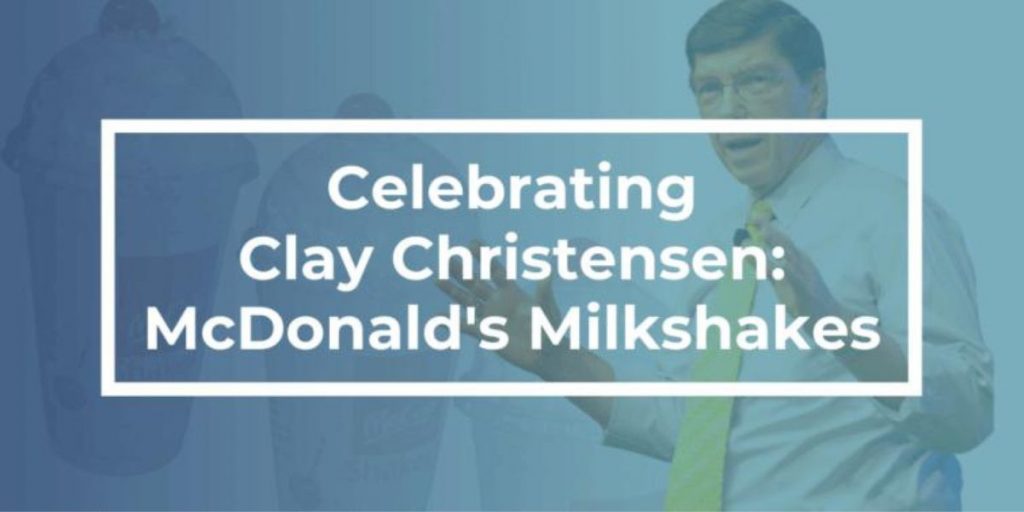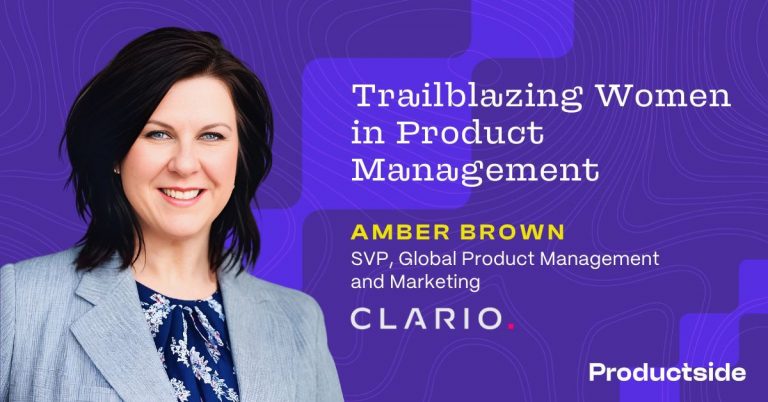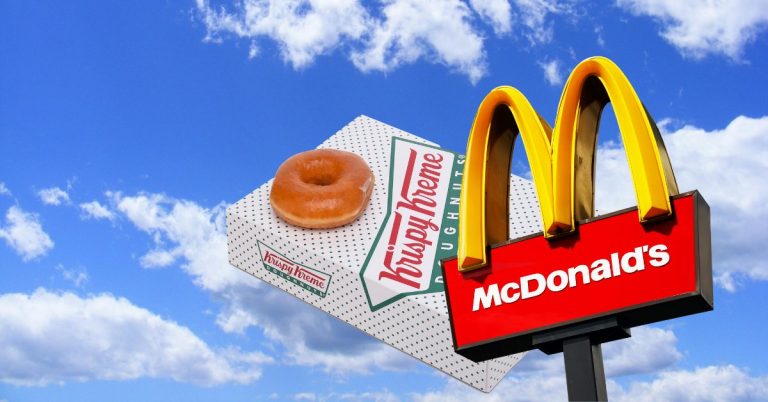
This week, we lost a giant of Business Strategy, as we said goodbye to Clayton Christensen.
The Man Behind the Shakedown
Christensen was a globally-recognized professor, speaker, and a best-selling author. The world is rightfully reflecting on his body of work and the substantial legacy he left us. While Christensen was a thought leader on many topics, he is perhaps best known as the ‘Father of Disruptive Innovation’, as a result of his best-selling book, “The Innovator’s Dilemma: When New Technologies Cause Great Firms to Fail“. The Economist called it ‘one of the six most important business books ever written’. If you haven’t yet read this book, I recommend you pick it up or download it. It’s just as timely and relevant today as it was 23 years ago when first published.
On a personal note, I had the good fortune to meet Christensen in a class he taught at Intel in the late 1990’s. I watched and learned from him, then corresponded with him over the years. He was brilliant, accessible and generous. If you’re of a certain vintage and remember the debut of the Intel Celeron Processor, this was a direct result of the opening case study (about steel mini-mills) in The Innovator’s Dilemma. The book’s impact on Andy Grove was immediate and significant, and is well documented. The Celeron Processor was among Intel’s fastest-ever developed, and most successful products.
Jobs-To-Be-Done
This post, however, is not about Disruptive Innovation, but about Jobs-To-Be-Done (JTBD) and a story that Christensen often told in classes and presentations. ‘JTBD’ is enjoying a renaissance of sorts. So, what better time to re-tell this story than now, to celebrate him?
The Sake of a (Milk)Shake
McDonald’s Corp wanted to increase sales of its Shakes product line. The company is fairly sophisticated. They collect and analyze tons of data and could readily profile the typical Shake customer – Christensen liked to joke that he fit that profile perfectly. McDonald’s interviewed many customers with this profile and asked them how they could improve the product so these customers would buy more. McDonald’s then improved the product along these dimensions of performance – and, surprise – observed zero business impact. They were stumped!
Hired help
McDonald’s Corp then turned to Christensen and his team to tackle this problem, and they approached the project in a very different way. One day, a team member stood at a McDonald’s restaurant for 18 hours and took comprehensive notes on everybody who bought a shake: What time of day? Dine-in or to go? What other menu items were purchased? Were they alone or with others? What were they wearing?
It turns out that almost half of the day’s shakes were sold between 6:30 and 8:30 a.m. Further, it was the only item customers purchased, they were always alone, and they were always in their car and drove off with the shake. The next day, the team returned to ask the next wave of people new questions in the morning time period. They asked, in laymen’s terms, what the purpose of buying the shake was. Many struggled at first to answer the question, so the team refined the question: ‘What job were you hiring the milkshake to perform?’
Tip: Check out this article on how you can use the right data, to uncover the right insights, and ultimately build the right product, Data-Driven Product Management: How To Become an Insight-Driven PM.
Survey says…
One man answered: ‘I sometimes hire a donut to do the same job, but it seems I can’t hire just one.’ Another offered: ‘Sometimes I hire a bagel for this job but they’re dry and tasteless so I have to also hire cream cheese – which makes a big mess when I have to steer the car with my knees as I’m applying it to the bagel.’ Another person offered: ‘I hired a Snicker’s Bar to do the same job but I felt so guilty afterward.’ Another: ‘Last Friday, I hired a banana to do the job but it didn’t do the job very well because I finished it in less than one minute.’
Then, a gem: ‘When I have a McDonald’s Shake, it is so thick that it takes me more than 20 minutes to suck it up that thin little straw and consume it. I don’t care what the ingredients are – all I know is that when 10:00 a.m. rolls around, I’m still full.’
The breakthrough was this: The ‘Job’ that all these people were ‘hiring the shake for’ was not only to put something in their stomachs but to also keep them ‘engaged with life’ during their long, boring, traffic-laden commute to work – in a way bagels or donuts weren’t doing. ‘I might not even be hungry at 06:30 a.m. – but I know I’ll be hungry by 10:00 a.m. if I don’t have this now; I need something to keep me full until lunch.
All in a day’s work
From the customers’ point of view, the shake did that job better than any of the competitors mentioned above. Further, when you think about those competitors for this job, they come from several different categories – most weren’t even available from McDonald’s.
The Market Ahead
So, how big is the market for shakes? A serious question, one that McDonald’s worked on estimating for a long time. Christensen’s insights about “the job” that shakes were performing meant that the market size was not merely the dessert market, but the fast breakfast food market as well. Looking through the JTBD lens, the market size for shakes was now SEVEN times larger than initially estimated by the initial, narrower market estimate. McDonald’s then implemented new marketing techniques (Shakes for breakfast!) and product changes (thicker for a long commute, with chunks of fruit) that led to the significantly increased sales they were looking for.
Christensen asserted that many markets are like this – you can only improve your approach when you fully understand the ‘jobs’ that ‘hiring your product’ can address.
Thanks, Clay, for this valuable lesson. You will be missed.


